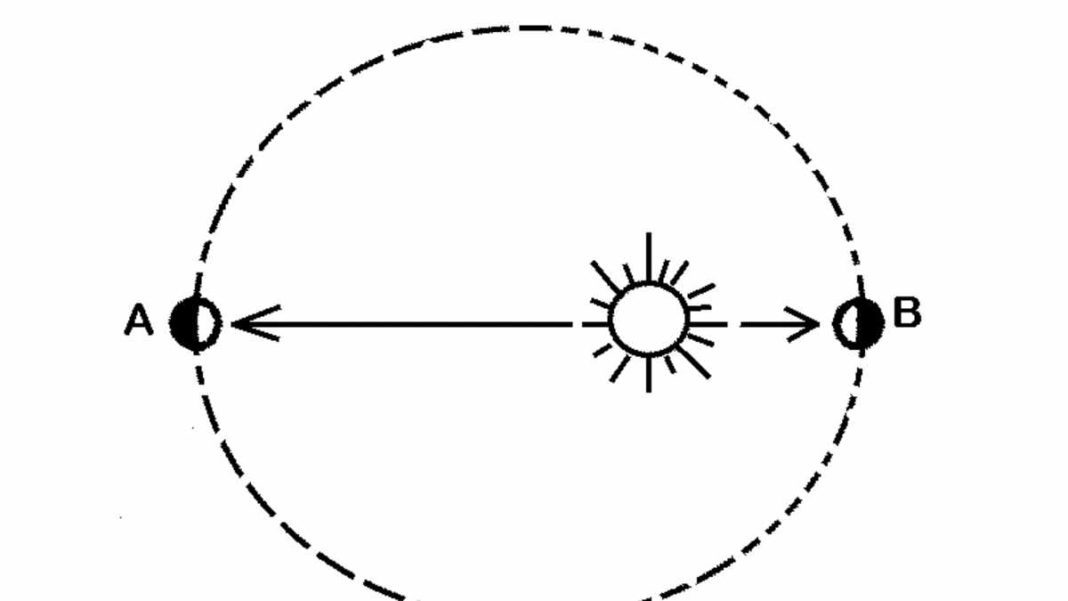INDIA: Have you ever wondered why some days feel hotter than others? Well, it all comes down to the Earth’s position in its orbit around the Sun (not exactly). Today, on July 6, 2023, we are experiencing a unique astronomical event known as aphelion. During aphelion, the Earth is farthest away from the Sun in its yearly orbit.
What is aphelion?
Aphelion refers to the point in an object’s orbit where it is farthest away from the Sun. In the case of the Earth, it occurs once every year.
This phenomenon happens because the Earth’s orbit is not a perfect circle but rather an elliptical shape. As a result, there is a variation in the distance between the Earth and the Sun throughout the year.
The Earth orbits the Sun in an elliptical path, with the Sun situated at one of the focal points of the ellipse. This means that the distance between the Earth and the Sun is not constant. At perihelion, the Earth is closest to the Sun, while at aphelion, it is farthest away.
So, aphelion and perihelion are two opposite points in the Earth’s orbit. The distance between the Earth and the Sun at aphelion is approximately 152 million kilometers (94.5 million miles), whereas at perihelion, it is about 147 million kilometers (91.4 million miles).
Aphelion and climate
Contrary to what one might expect, aphelion does not directly cause the seasons. The Earth’s tilt is the primary driver of seasonal changes.
During aphelion, the tilt of the Earth’s axis still determines which hemisphere receives more direct sunlight, leading to summer in one hemisphere and winter in the other.
Aphelion affects tides to some extent. The gravitational forces exerted by the moon and the sun contribute to the ebb and flow of tides. While the Earth’s position in its orbit is not the sole factor influencing tides, aphelion can have a slight impact on tidal patterns.
Aphelion and sunlight intensity
Aphelion does not significantly affect the intensity of sunlight reaching the Earth’s surface. The angle of the Sun’s rays plays a more significant role in determining the amount of solar energy received. Factors such as atmospheric conditions and cloud cover have a more substantial impact on sunlight intensity.
Conclusion
On this day, July 6, 2023, the Earth is positioned farthest from the Sun. Although aphelion does not have a substantial impact on climate and seasons, it is important in the study of astronomy and space exploration.
Understanding the dynamics of the Earth’s orbit contributes to our knowledge of the solar system and helps us better plan missions and understand celestial phenomena.
Also Read: Rare Hybrid Solar Eclipse to Happen on April 20: Must-watch Event for Stargazers



